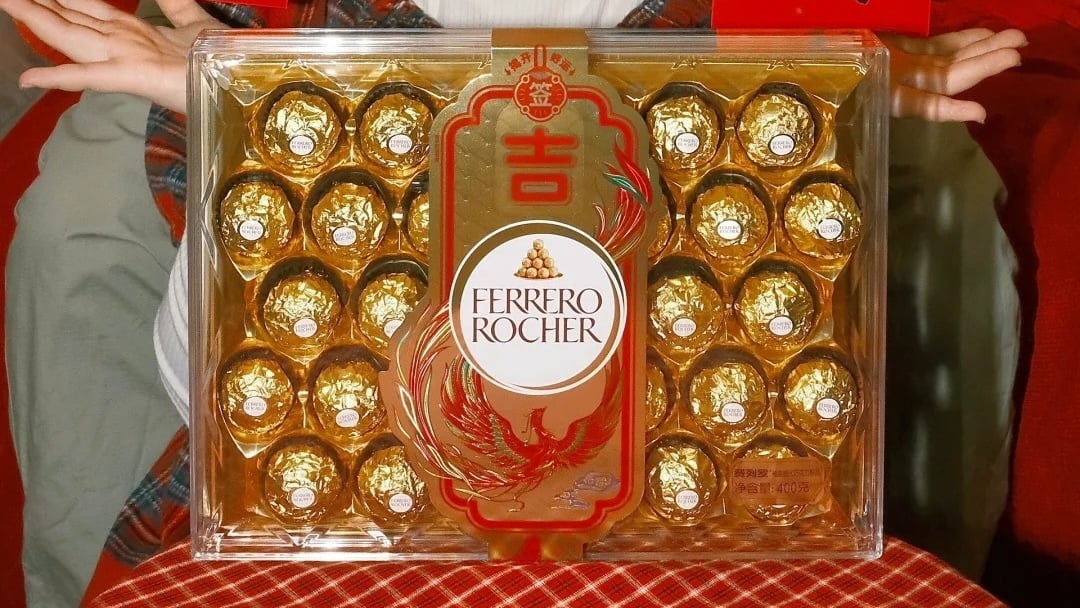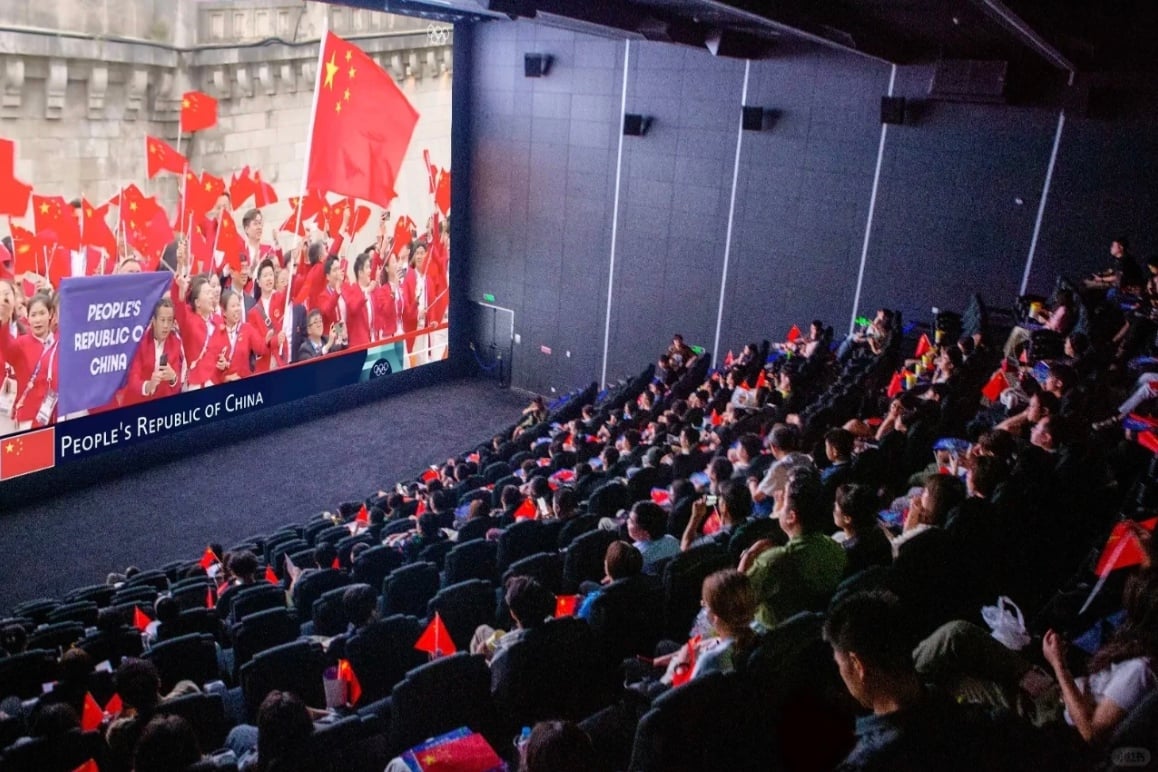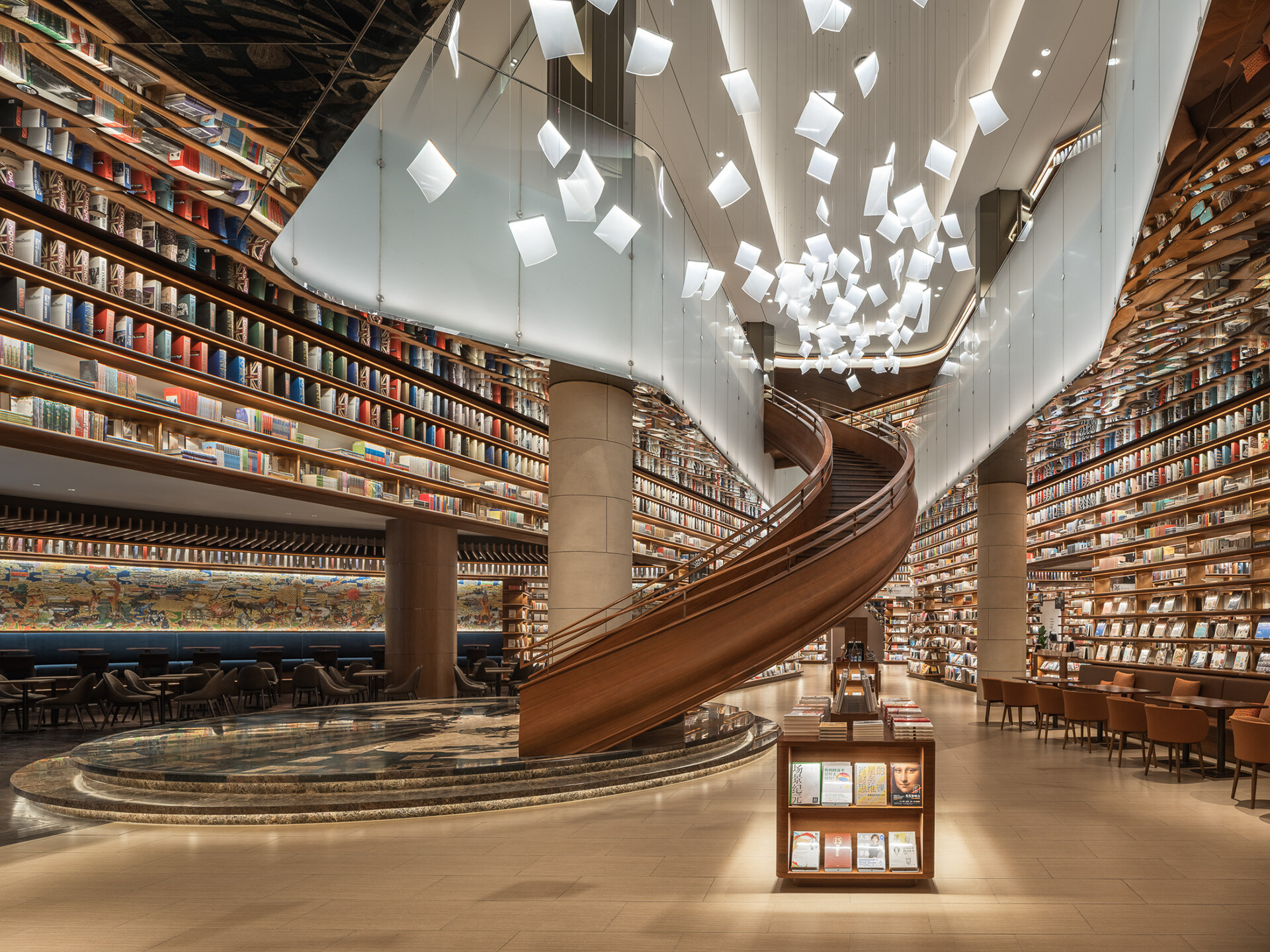Hong Kong has emerged as one of Asia’s most vibrant and influential bar scenes. In Asia’s 50 Best Bars rankings 2024, an impressive nine Hong Kong establishments made the prestigious list, including Bar Leone, which nabbed the coveted top spot, showcasing the city’s reputation for innovative mixology and a dynamic culture.
Here are a few favorites from the 2024 Asia’s Top 50 Bars 2024, along with some other bars we’d recommend. They are pushing the boundaries of the city’s bar scene — from championing locally-sourced and creative ingredients, to celebrating both Chinese and East-meets-West cultural identities through their drinks and spaces.
The Savory Project

Following the success of their award-winning bar Coa, co-founders Jay Khan and Ajit Gurung have brought their expertise in Asian-inspired cocktails to their new venture, The Savory Project, which was No. 19 in this year’s Asia’s Top 50 Bars list.
The Savory Project, nestled in Hong Kong’s Soho District, recognizes the demand for less sweet libations. Unlike Coa, which highlights Mexican spirits with a design aesthetic to match, The Savory Project has a cozier and more contemporary atmosphere whilst offering a range of flavors to choose from through its food and drinks.
For example, by blending unique ingredients like umami-packed white soy sauce in drinks such as the “Teriyaki,” along with skilled mixology and locally-sourced produce, this bar has established itself as a destination for adventurous drinkers seeking a new frontier of savory cocktails that push the boundaries of the traditional sweet-and-sour spectrum.
Mostly Harmless

Founded by Venezuelan-born bartender Ezra Star, this cocktail bar earned the No. 45 spot on the Asia’s 50 Best Bars list for 2024. Showcasing the bar’s deep appreciation for Hong Kong’s vibrant food and drink culture, Star uses local ingredients such as honey, tomatoes, and herbs to craft a four-drink tasting menu that changes daily and takes guests on a sensory journey through unique, creative cocktails, setting Mostly Harmless apart from the standard bar menu.
Moonkok

Drawing inspiration from Chinese temples and creating a warm, welcoming atmosphere, husband-and-wife co-founders Laszlo and Michele Raphael have crafted Moonkok as a true local community hub in Mong Kok — celebrating local culture and craftsmanship.
Through rotating art exhibits and a menu focused on artisanal beers under the bar’s own brand Moonzen (門神), cocktails, and locally-inspired bar snacks, the Raphaels strive to cultivate a hub where both the local and international communities can come together to appreciate Hong Kong’s unique heritage and creative spirit.
The Dispensary

Located in the historic Tai Kwun complex, The Dispensary blends modern design with nods to the building’s past as the former Central Police Station. Embracing the bar’s East-meets-West setting, the team has crafted a new signature cocktail — the Chilli Haw Margarita.
This drink puts a grown-up twist on a beloved Chinese herbal sweet called haw flakes, showcasing the bar’s innovative approach to mixology that also honors Hong Kong’s diverse culinary experiences and nostalgic memories.
Dr. Fern’s Gin Parlour

Tucked behind a “doctor’s clinic” door, Dr. Fern’s Gin Parlour invites guests to discover its unique remedies — a vast selection of concoctions featuring around 200 premium gins from around the world, including a variety of Hong Kong and Chinese offerings like N.I.P. Rare Dry Gin, Two Moons, and Peddlers.
Evoking the mystique of an old world apothecary, the bar prescribes innovative gin-based “cures” that blend East-meets-West flavors, allowing patrons to immerse themselves in Hong Kong’s vibrant drinking culture while indulging in the bar’s cozy setting.
Ultimately, these five bars elevate Hong Kong’s drinking scene through their unwavering commitment to local ingredients, artistic talent, and cultural heritage. By crafting innovative cocktails and immersive experiences, they invite guests to explore the ingenuity and diversity that define the city’s ever-thriving bar landscape.
Banner image by Haedi Yue.





























